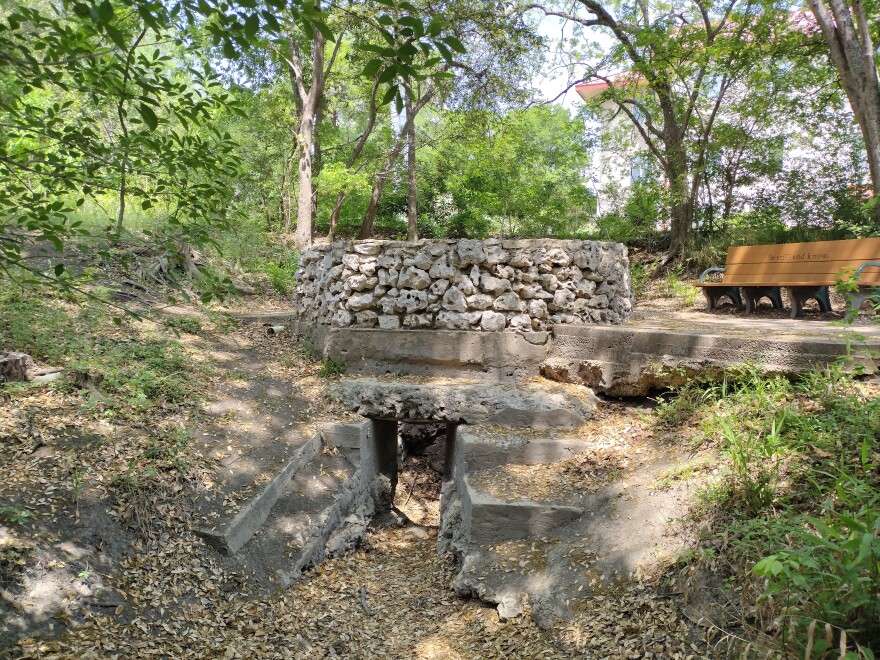San Antonio, Comal, San Marcos and Barton: these are the names of the four great springs of the Edwards Aquifer that run up the Interstate 35 corridor from San Antonio to Austin. Now thanks to the Great Springs Project, there is a plan to link them with a network of trails that stretches more than 100 miles.
The project just released their Trails Plans this week, which gives Texans an idea of the trail’s proposed route. Though, they caution that it is a “living document” subject to change over its ambitious scope. Emma Lindrose-Siegel works for the Project and spoke about the urgency to get the plan in place.
“These opportunities to protect the aquifer and to conserve this land are going to become fewer and fewer and farther between as residential and commercial development fills the open spaces between Austin and San Antonio. So the time to act is now, and we're just thrilled to get the trails planned out and to have this blueprint to get started with the next phase,” Lindrose-Siegel said.
The proposed route will link San Antonio to New Braunfels to San Marcos and end in Austin. It plans to take advantage of already existing trails like the Violet Crown Trail in Austin, Purgatory Creek Natural Area in San Marcos and the Olmos Basin Greenway Trail in San Antonio. But it will also need to create new sections of trail throughout the region to stitch it all together.

In San Antonio, as the trail leaves Loop 410, the plan shows a route that passes by the airport on Wetmore Road and then encounters a fork. An eastern route will parallel I-35 through Live Oak and Selma while a more western route seeks to take advantage of Hill Country scenery. This one will pass through McAllister Park and make its way up through the Bulverde area. Having both options allows them to close off areas of protected habitat for the endangered Golden Cheeked Warbler during nesting season, according to the Plan.
The trail designers also hope that, “Ultimately, the trail will also connect about three miles south of San Antonio Springs to the Alamo, likely using a combination of existing trails and on-road connections,” according to the plan.

A project of such magnitude in a state full of private property comes with its own set of unique challenges. Lindrose-Siegel noted, “The tremendous amount of infrastructure investment and funding that it’s going to take in capacity to make a project of this magnitude come together is significant.”
With such an undertaking comes the necessity of regional partnerships. For instance, in the San Antonio area, the Project will be working closely with San Antonio Parks and Recreation, the San Antonio River Authority and ActivateSA, according to Lindrose-Siegel.
“Our goal is to complete this by 2036, but we have a lot of work to do before we get there,” said Lindrose-Siegel.
That’s the same year as the Texas bicentennial, giving Texans even more reason to celebrate


